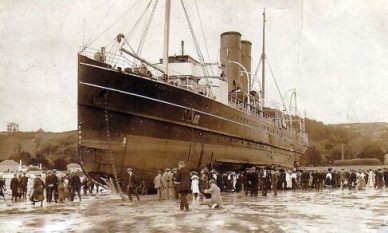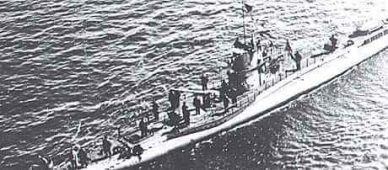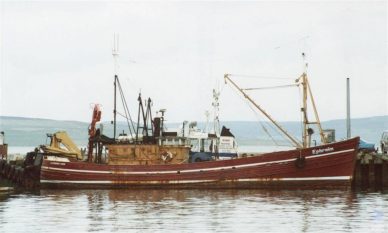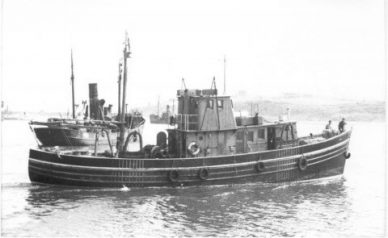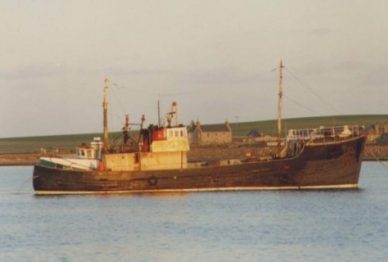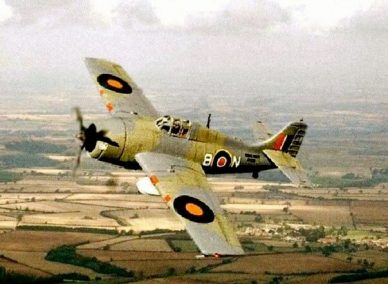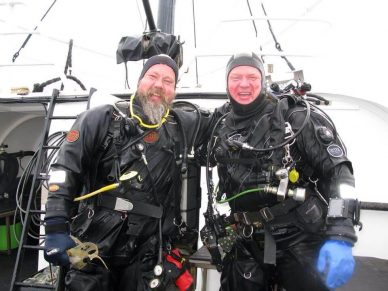Diving>Other Orkney Dives
Other Orkney Wreck Dives
James Barrie
(Max depth 44m) Built as the Benella but renamed the James Barrie in 1951, this 666ton Hull registered trawler ran aground on Muckle Skerry in the Pentland Frith on March 28th 1969, just two weeks after the Longhope lifeboat disaster, when the lifeboat TGB was lost with all hands while going to assist the cargo ship Irene off South Ronaldsay.
The James Barrie refloated after her crew were saved and was towed towards Scapa Flow. On route she foundered in Hoxa Sound. She lies now on her starboard side and is mostly intact. Usually the visibility here is very good however extreme tides make for a challenging slack water dive.
(Max depth 60m) The Boom defence vessel Strathgarry was an ex fishing vessel used to open and close the Hoxa Sound net. She was involved in a collision and sank in the sound. She lies in an area of strong tidal currents and is a tricky trimix dive. The top of the wreck is in 53 meters.
HMS Roedean
(Max depth 15m) Built as the cargo steamer SS Roebuck in 1897, she was taken into service as a minesweeper in 1914 and renamed HMS Rodean. She hit a British mine in1915 and sank while under repair in Longhope.
She now lies in a sheltered bay but was explosively dispersed to clear her superstucture so she is very broken. The Picture was taken during her civilian service when she grounded on Jersey.
F2
(Max depth 18m) This German WW II escort vessel displaced 780 tons and was 80 metres long. She sank at anchor in 1946. Her bow section is intact and there is access through hatches into the bow and forward compartments. Her main gun is still in place on the bow however further aft salvage has severely broken the hull. The F2 lies in a sheltered position and affords a site that can be dived at any state of the tide and in all weathers.
YC21 salvage barge
(Max depth 18m) This was a large 500 ton wooden barge, which was being used to salvage parts of the F2 in late 1968. Anchored just to the west of the F2 wreck she foundered in a storm and sank in 18 meters of water. 2 of the F2 AA guns are still in the barge hold.
UB116
(Max depth 31m) This UB class Submarine was detected by hydrophone, then sunk by a remote detonated mine in Hoxa Sound while trying to enter Scapa Flow during WW1. Following the discovery of live torpedoes in the then intact wreck in 1975 she was blown up by RN and as a result she is well broken up lying on clean sand at 27-31meters.
Tabarka
(Max depth 15m) This Steamship was sunk as a blockship in Burra Sound and is a well loved shallow dive in 15 meters. She lies upside down with large holes allowing access into the holds. The boiler and engine rooms are accessible through gaps in the bulkheads and light streams into the wreck through numerous small gaps eaten by the fierce tidal currents. This is a slack water dive only as tidal flows can reach 10 knots in the narrow channel.
Gobernador Bories
(Max depth 20m) Originally a steamship registered in Chille, This 2300 ton vessel was sunk in Burra Sound in 1915 to block the channel At the stern her propeller and rudder still exist and although her hull is listing to starboard and broken, her workings can still be seen. This is a slack water dive only.
Dyle
(Max depth 17m) Built in Newcastle in 1879 and sunk as a blockship on the 7th October 1914 this 1581 ton steamer still has lots to explore. The starboard side of the hull is fairly intact as is the stern where her propeller is in place. Masts and hull plates lie around her and inside the hull decks are still open. This is a slack water dive only.
Scapa Courier / Ephraim
Debris fields
(Max depths 20-44m) These are the sites of the remaining debris following the raising of the capital warships Moltke, Kaiser, Kaiserin, Derflinger, Hindenberg, Von der Tann and Seydlitz.
Bayern turrets
(Max depths 42m) The Bayern was a Super Dreadnaught and at 28000 tons one of the largest warships of her time. When she was salvaged in 1933, she had settled into the bottom at 42 metres and during the raising, her 4 main 15inch gun turrets each weighing 580 tons ripped free of the hull and still lie partially buried in the silt.
SMS V83
(Max depth 20m) A Torpedo Boat Destroyer of 85 metres long and 909 tons. She was salvaged by Cox and Danks company and was used in their efforts to raise the rest of the fleet, then she was dumped close to the island of Rysa Little. She lies in 8 metres at the bow, with her stern in 20 metres.
MV Mara
(Max depth 18m) The Mara was origionaly a fisheries inspection boat, but was used as a diving vessel in Scapa Flow until she sank. Lying close to the F2 in 18m of water she affords a small but sheltered site that can be dived at all tides and in all weathers.
MFV Radiation
The Radiation was one of the last “Greatliner” fishing boats built to work longlines in the deap waters of the North Atlantic. She was intentionally sunk as a sheltered dive site in the eastern end of Scapa Flow. A small but pretty site with lots of life.
Wildcat JV751
In April 2014, divers from the Valkyrie were the first ever to get a dive on this newly discovered WW2 aircraft in Scapa Flow. Discovered by sidescan sonar by ‘SULA Diving” in February 2014 and confirmed by ROV survey in March 2014 the wreck lies in 34 meters of water to the North of FARA island.
The Wildcat fighter was taking off on a routine transfer flight when it crashed over the side of HMS Trumpeter. Read the full story of the search and discovery.
Credit for this discovery rests with Kevin Heath and the Aviation research group ARGOS.

